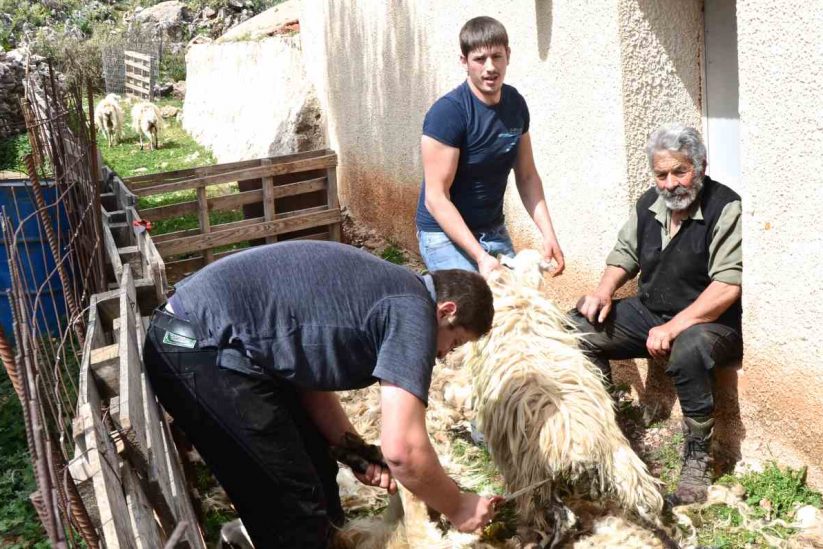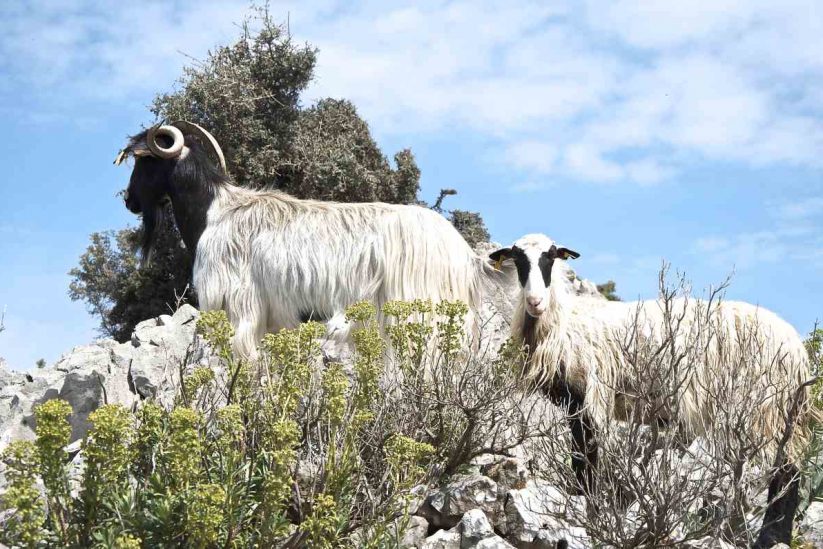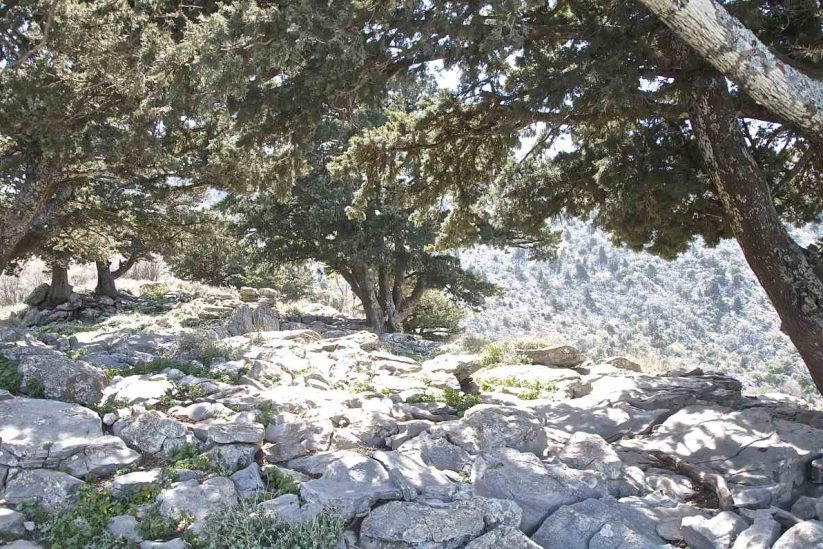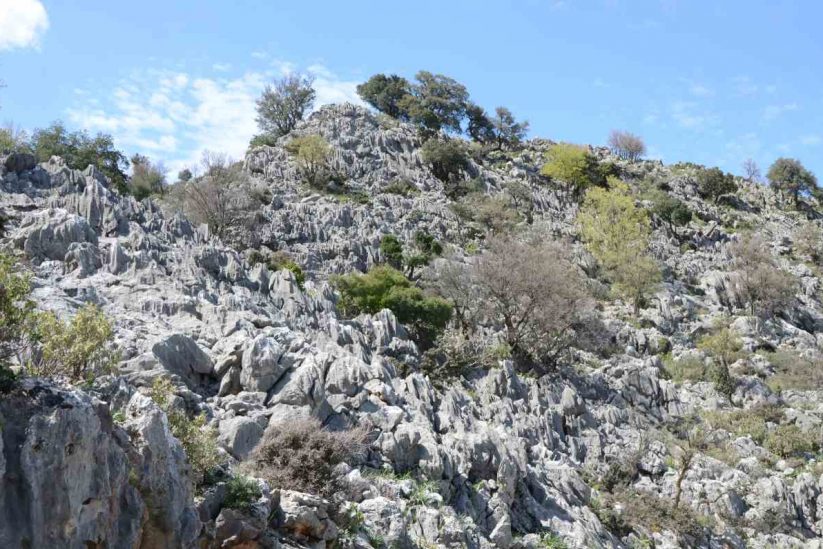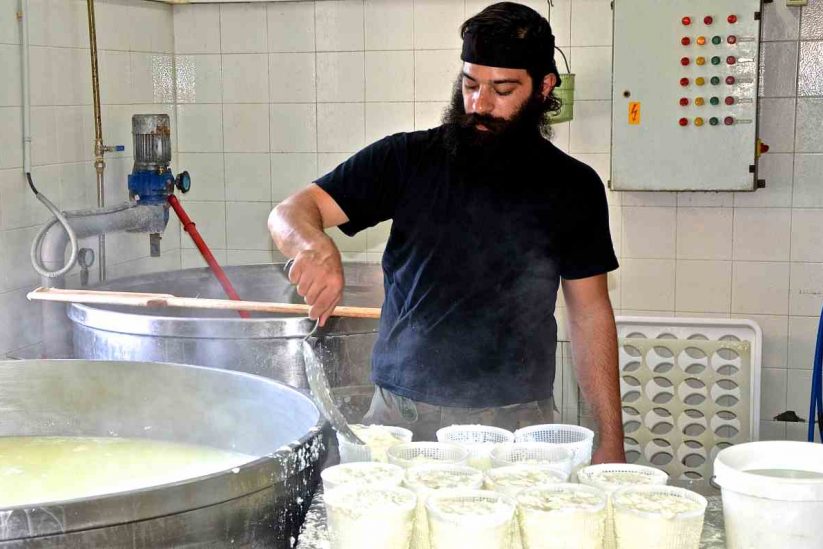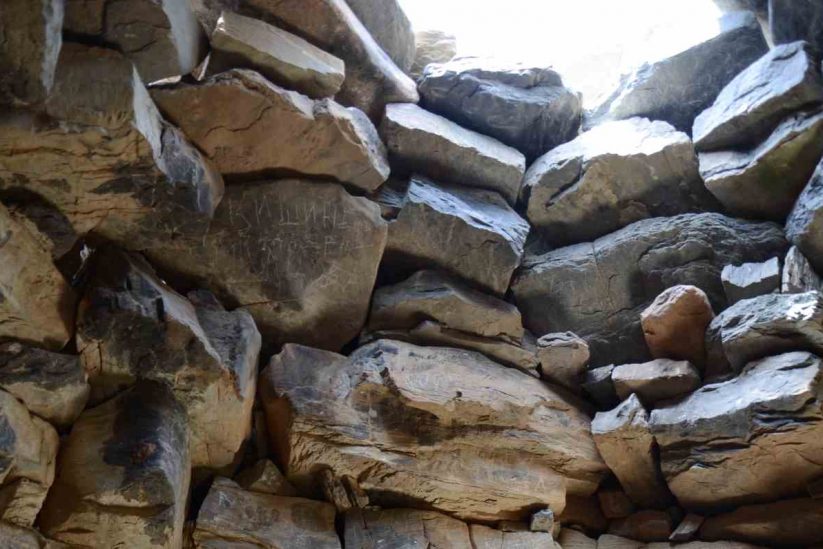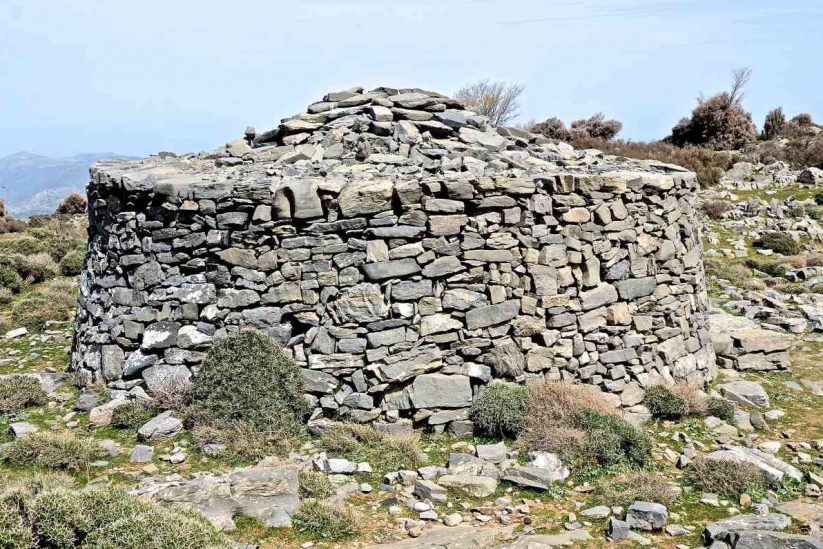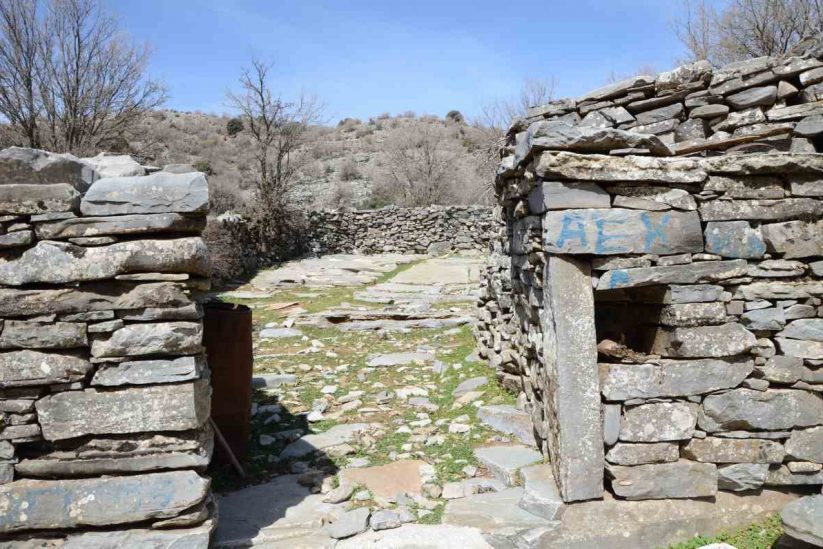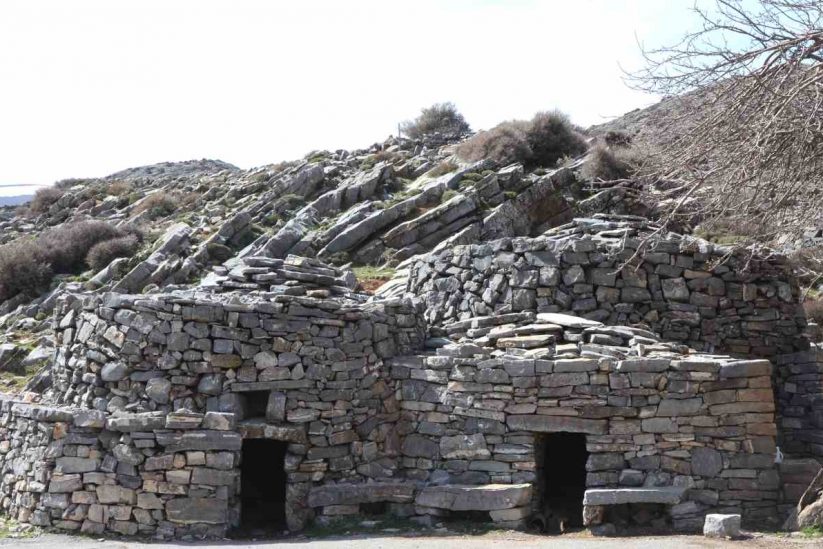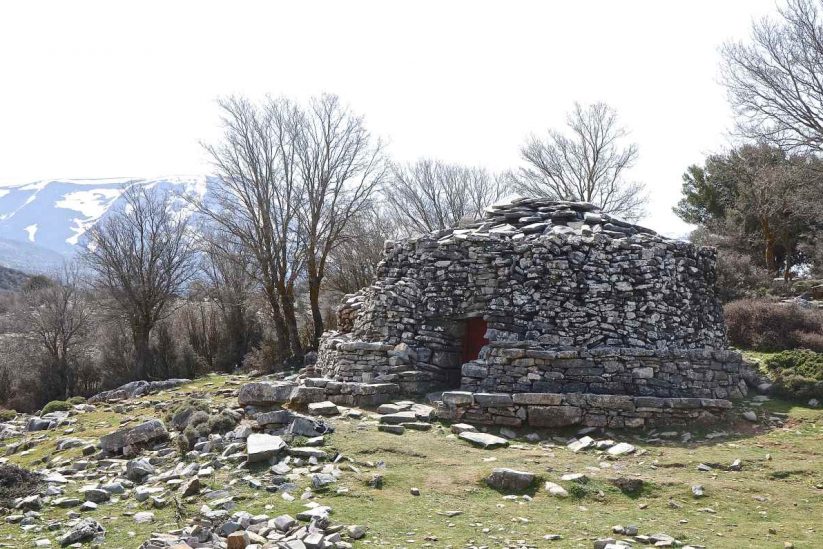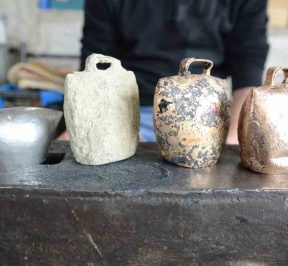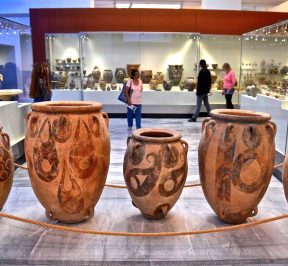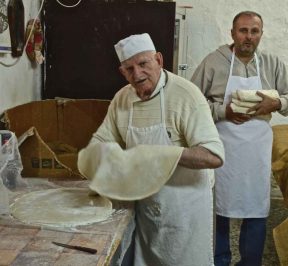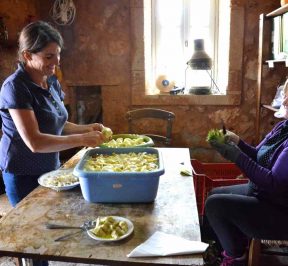Livestock farming in Crete
Even though Crete is an island, its goat and sheep farming sector has always been one of the most developed ones in Greece. The flock grazing practices although followed on the island have always been different from the ones followed in the rest of the country.
In Crete, livestock farming was and still is semi-domestic with the animals grazing on areas of heath and cultivated land around the villages? other times, it takes the form of hill farming with farmers utilizing the massifs as pasture land for their flocks.
Shepherding is the oldest profession in Crete, as attested by references found in the texts of Homer or evidence drawn from the Minoan civilization, with the roots of pastoral communities traced back to ancient times. However, all these historical references are really superfluous, since the Cretans' daily life and the special bond, noticeable even nowadays, between the shepherd and the animals of his flock provide all the answers we need.
Wander at the hillsides of Mount Psiloritis or Lefka Ori (literally White Mountains), observe the primitive structures on the mountains (eg the mitata - metatum in Latin, ie the shepherds' huts made of stone with a vault-shaped roof, the koumoi - the area in the shepherd's hut reserved for making cheese), the paths and goat trails, the shepherds with their flocks, the shepherds 'tools and accessories, acquaint yourself with the practices followed, the shepherds' rules and customary codes, their stories and beliefs, and you'll see for yourself that the beginnings of this pastoral life and civilization are lost amid the centuries. Ever since then, livestock farming in Crete has remained unchanged.
Goat and sheep breeding in Crete is carried out following traditional methods. Though giving low product yields, traditional methods ensure food and dairy products of the finest quality that are ideal for a healthy diet involving also a low production cost. The quality of dairy products depends on the quality of animal feed. For example, Great Britain has only 6 endemic plant species grown on its lands while endemic plant species in Crete exceeds 160. Thus, the nutrients in the milk produced by sheep raised in the UK will not be the same with the ones contained in the milk of sheep raised in Crete.
The milk of sheep and goat raised in Crete is the perfect base for Crete's dairy products. Crete's sheep and goats are also delicious when cooked.
In Crete, the traditional way to cook lamb or goat is around a wood-fire. Lamb or goat cooked in this way is called antikrysto (translated to facing one another); lamb is cut into four pieces that are pierced with a sharp piece of wood. When the wood fire is lit, meat is placed around the fire taking into consideration the intensity of the fire, the distance of the meat from the fire and even the direction that the wind is blowing.
In mainland Greece, lamb or goat is spit-roasted. Regardless of how it is cooked, lamb is eaten by excellence on the Sunday meal, on anniversaries and on Easter day. You may also taste lamb or goat sautéed, as wine-base stew with whole onions, braised with lemon sauce, braised with tomato sauce, braised with oregano, as Chaniot pie (a meat pie made of boiled lamb and cheese). Goat or lamb are also accompanied by artichokes, fennel, black bryony, piny chicory - the famous stamnagathi, chicories, wild vegetables, potatoes, yogurt and the traditional Cretan style rice, pilafi.
Contact
- CategorySights
- LeaseCrete

